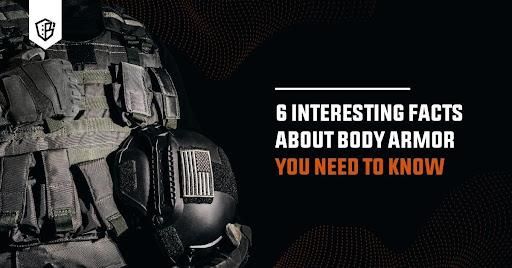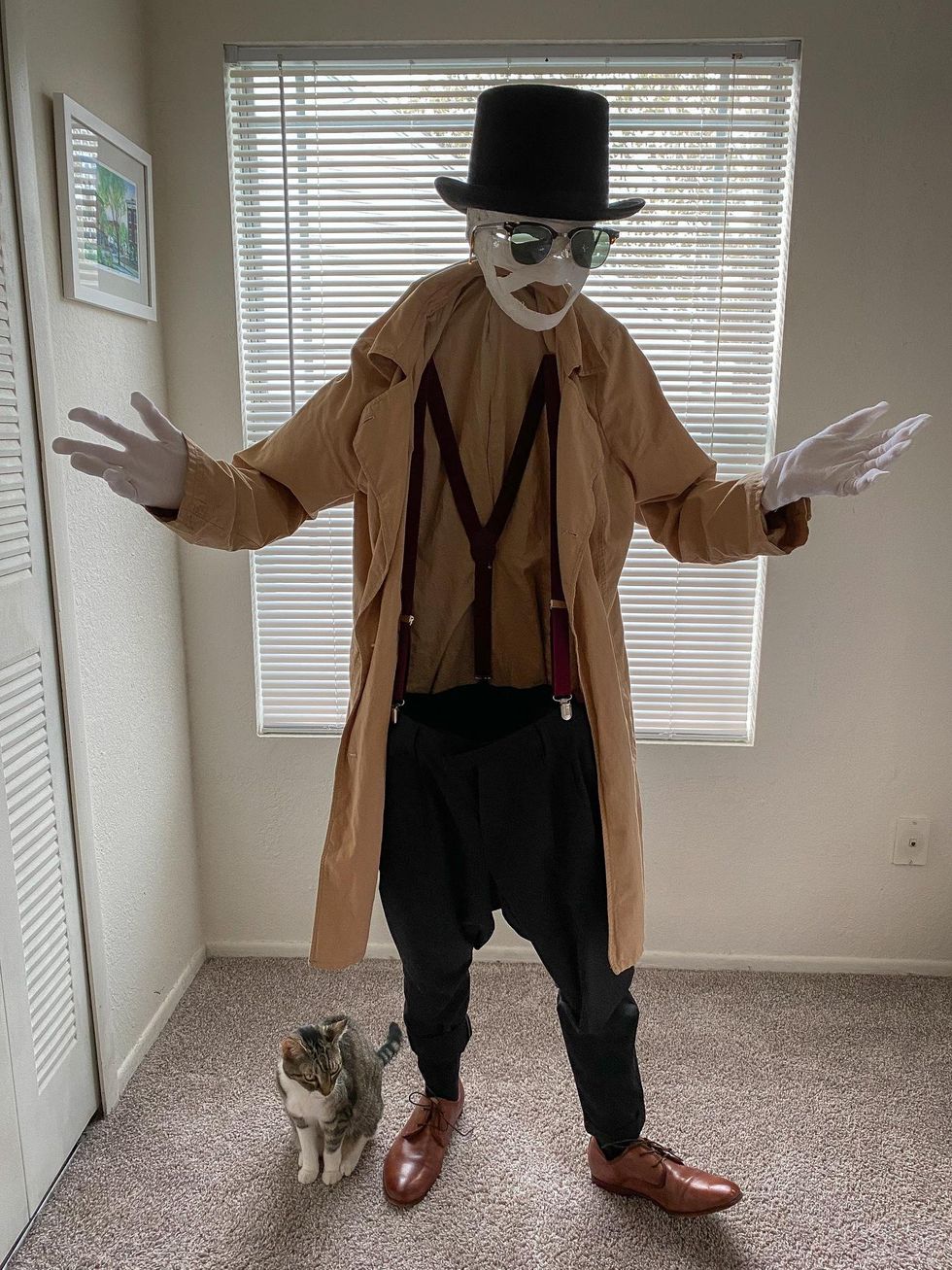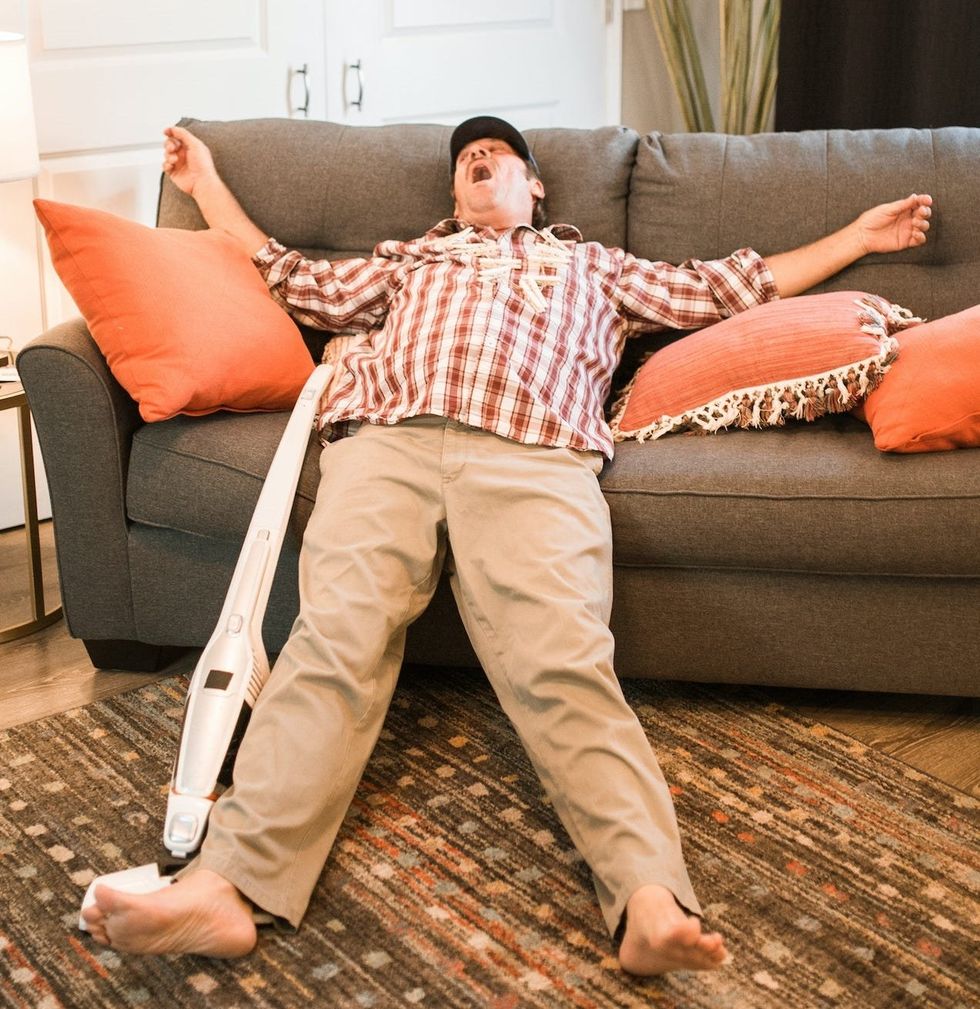body armorBulletproof vests and the like have long been an important piece of Personal Protective Equipment, not only for soldiers and police officers but all manner of civilians too.
Whether you’re a seasoned bulletproof vest wearer or simply body armor curious, no doubt you already have at least a basic grasp of what it is. But have you ever wondered how being shot with a bullet feels or what bulletproof vests SWAT use?From the crew at Bulletproof Zone, we'll be answering all these plus more facts about body armor and busting a few myths about bulletproof vests along the way. Let’s kick off with the million-dollar question...
1. IS WEARING BODY ARMOR EFFECTIVE?
Okay, so this is not the movies or a video game. Here on earth, no materials, not even the thickest hard armor plate, are truly bulletproof. That's to say, no body armor provides 100% ballistic protection. Bullet resistant is the best it gets.
Now we’ve got that out of the way, those who wear armor stand a dramatically better chance of living to see another day than those who don’t.
But body armor doesn't just protect against firearms, knives, and other weapons. Thanks to wearing a bulletproof vest at the time:
- Soldiers have escaped paralysis after a hard fall.
- Police drivers have emerged almost uninjured after a serious vehicle collision.
Literally, thousands of soldiers and police officers in particular wouldn't be here today if it wasn't for body armor. But don’t just take our word for it:
- The FBI reported that between 2002 and 2011, just under 500 police officers were gunned down in the line of duty. In that same ten-year period, more than 4 times as many were saved by their bulletproof vests.
It’s exactly why lawmakers regulate bulletproof vests and the like to keep them out of the hands of criminals. So, yes, in a nutshell...
2. DOES IT HURT WHEN YOU’RE SHOT WEARING A BULLETPROOF VEST?
We won’t lie, you’re going to feel it. Just how bad depends on dozen of factors, including:
- The caliber of the bullet and how many shots were fired.
- The protective materials and condition of the bulletproof vest.
- Distance from the shooter.
- The build and health of the person who's been shot.
Bullets, especially assault rifle rounds, carry a massive amount of energy. Sure, some of the impact gets absorbed by the armor (more so with hard plates), but most will be transferred to your body.
Folks who have been shot and lived to tell the tale describe it as like being slammed in the chest with a sledgehammer. So, for starters, likely you’ll be knocked backwards/forwards, perhaps even clean off your feet, by the force.
As for injuries, odds are you will experience some kind of what is called blunt force trauma:
- Being winded
- A nice big bruise after the back side of the armor panel/plate gets pushed into your body
- Quite possibly a cracked rib or two, or a fractured sternum (breastbone).
Still, more serious injuries are rare provided that:
- The bulletproof vest is rated (according to National Institute of Justice [NIJ] standards ballistic protection levels) to stop the caliber of incoming bullet.
- The armor plate/panel has been maintained/stored properly, is undamaged, and within its expiry date (for which regular safety inspections are advised).
3. CAN YOU STILL DIE AFTER BEING SHOT WITH A BULLETPROOF VEST ON?
In a word, yes. There are all sorts of situations where bulletproof vests may not protect you from an untimely demise:
- Normally, ballistic protection panels/plates are only positioned front, back, and sides to safeguard the body's vital organs - so if a bullet enters from an unprotected area, the outcome could be fatal.
- Bullets can sometimes ricochet off hard body armor plates and hit an exposed part of the body - if that’s the head, it’s usually game over; if it’s a major artery in the arm, leg, or neck, chances are you will bleed out.
- If the armor plate/panel is hit with a caliber of bullet it wasn’t designed to stop
- Same goes if the armor plate/panel is hit repeatedly in the same spot, or takes more rounds than it can withstand.
- Occasionally, the effects of blunt force trauma can be just as life-threatening - things like internal bleeding, and even a heart attack brought on by extreme shock.
On April 2022, a Florida teen made headline news after being fatally wounded despite wearing an armored plate carrier. The vest did its job admirably stopping several 9mm rounds at point-blank range. The young lad died because the final bullet struck a part of his body that wasn’t protected.
4. WHAT BODY ARMOR DOES THE MILITARY USE?
The servicemen and women of the armed forces often face a wide range of extreme threats head-on, not to mention regularly being deployed to hostile environments.
Thankfully, United States military body armor has progressed plenty since the flak jacket of World War II:
- Beginning, in the early 1980s, with the Personal Armor System for Ground Troops [PASGT].
- Next up, some 2 decades later, the Interceptor Body Armor [IBA].
- Then, from mid-2007, came the Improved Outer Tactical Vest [IOTV].
- And since 2018, the Modular Scalable Vest [MSV] is being rolled out as part of the Army’s next-gen Soldier Protection System [SPS].
Although operationally dependent, Army soldiers, Navy sailors, Air Force pilots, and Marine Corps infantry commonly get issued full mission-ready armor made up of:
- A modular (load-carrying) tactical plate carrier - worn over clothes to act as a deterrent or warning to the enemy and reassurance to friendlies.
- Armor - front and back NIJ Level III or IV hard body armor plates (usually ceramic materials) for maximum protection against rifle rounds; often with added soft armor side ballistic panels, plus arm and leg protectors.
- A combat helmet – mostly, Ops-Core Future Assault Shell Technology [FAST] headgear or the Integrated Head Protection System [IHPS].
5. WHAT BODY ARMOR DO POLICE WEAR?
Body armor for law enforcement has come a long way since Smith & Wesson marketed the ‘Barrier Vest’ of the early 1970s.
These days, different police roles and varying scenarios demand specific types of armor to protect and serve:
- Front-line peace officers typically wear NIJ Level II or IIIA body armor vests worn beneath plain clothes (undercover detectives) or a uniform (patrol cops).
- FBI agents are contracted to wear either the NIJ Level II covert Ultra-Low Vis Compression Top [ULVCT] or the NIJ Level IIIA Enhanced PICO [EPIC] Fed overt plate carrier.
- SWAT operatives and Special Response Teams [SRTs] wear full tactical armor very similar to that used by armed forces personnel on ground ops.
- Police K9s wear different brands of external vests with Kevlar materials largely to shield against multiple threats.
- Courthouse bailiffs and correctional officers tend to use NIJ Level 2 or 3 stab vests because they face a much greater risk from improvised weapons.
6. WHAT BODY ARMOR CAN CIVILIANS BUY AND WEAR IN PUBLIC?
In America, if you’re 18 or over and haven’t been convicted of a violent felony, you're free to buy body armor and wear it in public. And absolutely, that includes something like a tactical style plate carrier complete with NIJ Level IV ceramic plates.
Perfectly legit it may be, but we wouldn't recommend strolling into Walmart kitted out in full-on battlefield gear - it won’t exactly go unnoticed by your fellow shoppers, and probably prompt a visit from local law enforcement.
It's precisely why concealable bulletproof clothing and Kevlar vests are the go-to wear to protect everyday citizens.
Just bear in mind:
- A few of the 50 states practice their own laws when it comes to bulletproof vests. In Connecticut, for example, you can buy them but it must be done in person; and in Topeka city, Kansas, you’re fine to wear body armor anywhere except at outdoor rallies,
parades, demonstrations and similar. New York also recently passed a law banning the buying and selling of soft body armor vests unless you are in a profession deemed essential by the Department of State.
- TSA rules mean you're not allowed to wear body armor inside an airport or onboard a commercial flight.
- Certain body armor manufacturers and retailers only deal with government agencies (military and law enforcement units).
In other countries, there may be restrictions. To name just a few:
- In Canada, some vendors will only sell protective wear to those who hold an appropriate license.
- Throughout the European Union, army-grade gear is generally off-limits to civilians.
- In most Australian states/territories, in Thailand, and in Argentina, civilians need a special permit to wear body armor.





 Going to the cinema alone is good for your mental health, says science
Going to the cinema alone is good for your mental health, says science












 women in street dancing
Photo by
women in street dancing
Photo by  man and woman standing in front of louver door
Photo by
man and woman standing in front of louver door
Photo by  man in black t-shirt holding coca cola bottle
Photo by
man in black t-shirt holding coca cola bottle
Photo by  red and white coca cola signage
Photo by
red and white coca cola signage
Photo by  man holding luggage photo
Photo by
man holding luggage photo
Photo by  topless boy in blue denim jeans riding red bicycle during daytime
Photo by
topless boy in blue denim jeans riding red bicycle during daytime
Photo by  trust spelled with wooden letter blocks on a table
Photo by
trust spelled with wooden letter blocks on a table
Photo by  Everyone is Welcome signage
Photo by
Everyone is Welcome signage
Photo by  man with cap and background with red and pink wall l
Photo by
man with cap and background with red and pink wall l
Photo by  difficult roads lead to beautiful destinations desk decor
Photo by
difficult roads lead to beautiful destinations desk decor
Photo by  photography of woman pointing her finger near an man
Photo by
photography of woman pointing her finger near an man
Photo by  closeup photography of woman smiling
Photo by
closeup photography of woman smiling
Photo by  a man doing a trick on a skateboard
Photo by
a man doing a trick on a skateboard
Photo by  two men
two men  running man on bridge
Photo by
running man on bridge
Photo by  orange white and black bag
Photo by
orange white and black bag
Photo by  girl sitting on gray rocks
Photo by
girl sitting on gray rocks
Photo by  assorted-color painted wall with painting materials
Photo by
assorted-color painted wall with painting materials
Photo by  three women sitting on brown wooden bench
Photo by
three women sitting on brown wooden bench
Photo by 
 Photo by
Photo by  Photo by
Photo by  Photo by
Photo by  Photo by
Photo by 


 people sitting on chair in front of computer
people sitting on chair in front of computer






